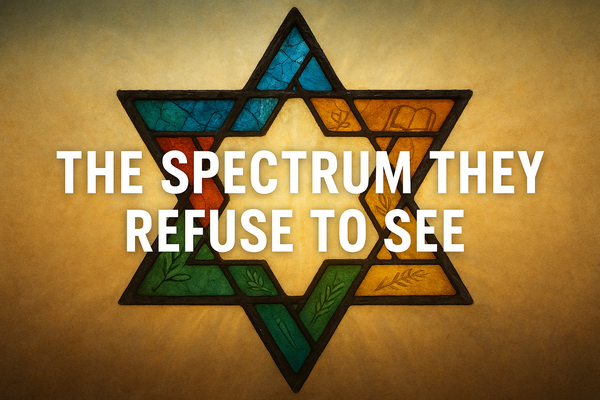Polysecure: Creating Secure Attachments in Consensual Non-Monogamy

This blog post accompanies the audio overview podcast for the book "Polysecure: Attachment, Trauma and Consensual Nonmonogamy" by Jessica Fern. The book explores the intersection of attachment theory and consensual non-monogamy (CNM) relationships. It is a valuable resource for therapists, individuals, and couples navigating the complexities of CNM.
What is "Polysecure?"
"Polysecure" refers to the experience of having secure attachments with multiple partners within a consensually non-monogamous relationship structure. The book draws heavily upon attachment theory, which posits that our early childhood experiences with caregivers shape our emotional regulation patterns and relationship dynamics throughout life.
Why is Attachment Theory Relevant to CNM?
Attachment theory traditionally focuses on monogamous relationships. However, the core principles of attachment, such as the need for safe haven and secure base, remain relevant in CNM. In fact, understanding attachment styles can be particularly helpful in navigating the unique challenges and opportunities present in CNM relationships.
Secure Attachment: The Foundation of Polysecure Relationships
The book emphasizes the importance of secure attachment as a foundation for healthy and fulfilling CNM relationships. Individuals with a secure attachment style are more likely to experience:
- Emotional stability and resilience
- Healthy communication and conflict resolution skills
- Trust and intimacy with partners
Challenges and Opportunities in CNM
CNM relationships, while potentially rewarding, can also present unique challenges to attachment security:
- Multiple partners can create complexities in meeting attachment needs. The need to balance time and attention across multiple relationships can trigger insecurities and anxieties, particularly for individuals with insecure attachment styles.
- Societal stigma and lack of support can create additional stress and strain on CNM relationships. This can lead to attachment ruptures and exacerbate existing attachment wounds.
However, CNM also offers unique opportunities for growth and healing:
- The experience of having multiple loving relationships can foster greater emotional resilience and self-awareness. By practicing secure attachment behaviors with different partners, individuals can challenge and re-pattern insecure attachment adaptations.
- Consciously engaging in communication and negotiation around needs and boundaries strengthens relationship skills. This process promotes greater awareness and understanding of attachment dynamics.
Becoming Polysecure: A Roadmap for CNM Success
The book provides practical guidance on cultivating secure attachment in CNM relationships. Some key takeaways include:
- Prioritizing secure attachment with self is crucial. Building a strong internal sense of self-worth and capacity for self-soothing provides a foundation for healthy relationships with others.
- Establishing clear and honest communication about needs and expectations within each relationship is essential. This includes open dialogues about desired levels of involvement, time commitment, and emotional intimacy.
- Practicing the "HEARTS of being polysecure" strengthens attachment bonds within each relationship. These principles focus on cultivating presence, expressed delight, attunement, rituals and routines, and skillful turning towards after conflict.
Conclusion
"Polysecure" challenges the traditional view of attachment theory within a monogamous framework and expands it to encompass the complexities of CNM. By understanding the principles of secure attachment and proactively addressing potential challenges, individuals and couples can create fulfilling and sustainable polysecure relationships.
Listen to the Audio Overview!






